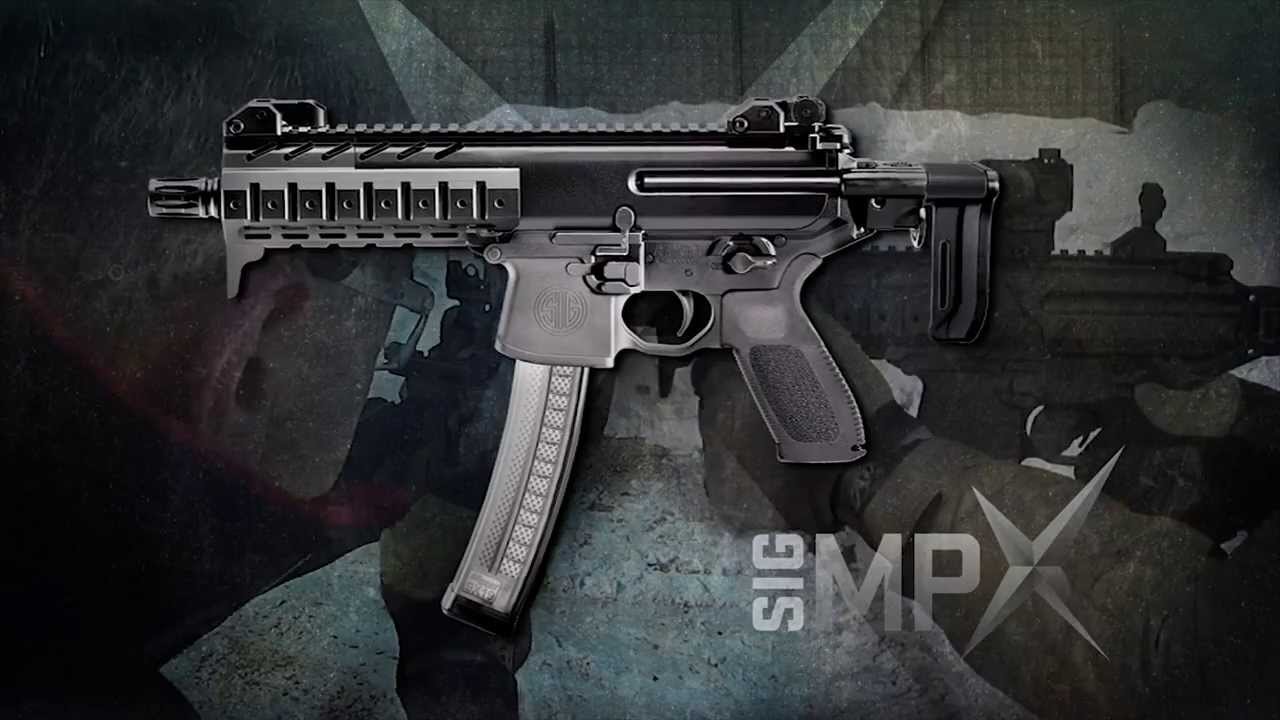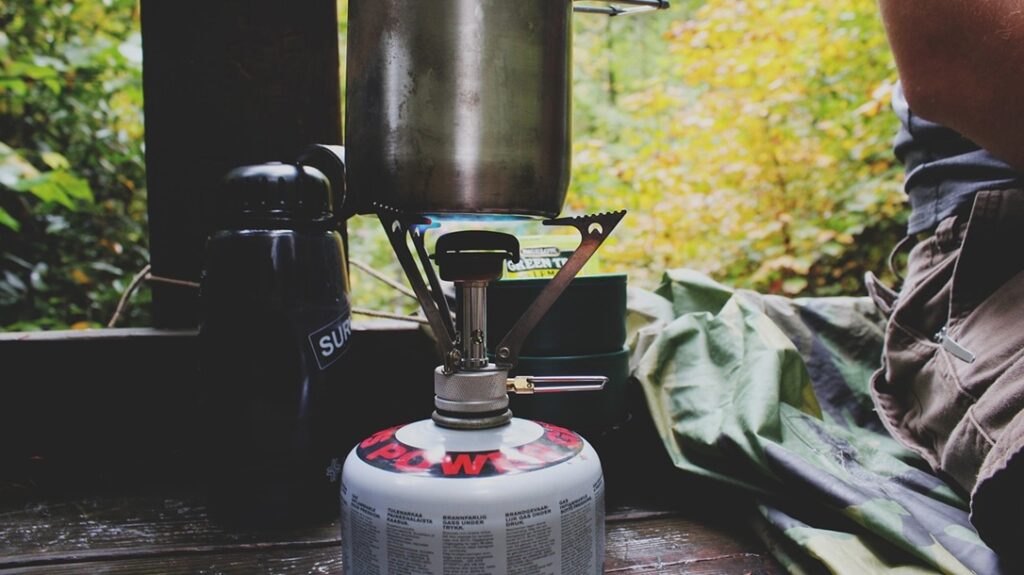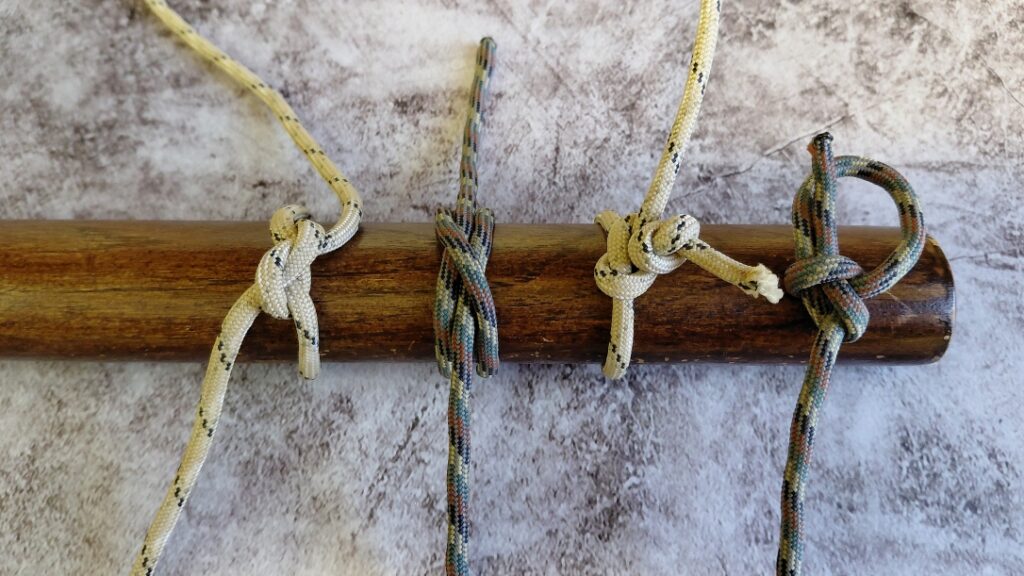SIG Sauer, and sometimes just SIG, isn’t known for submachine guns. A search in 2024 brings up the MPX and not much else. You and I know SIG as a company dating back to the mid-1800s, and they’ve been in continuous service since then. There is simply no way they missed the big submachine gun boom of the 1920s up into the 1980s. With that in mind, let’s explore some of SIG’s SMGs that aren’t so well known.
SIG MP1920
In a post World War I world, the Germans weren’t allowed to create weapons of war. This included submachine guns. The Germans had previously produced the MP 18, a design from Bergmann. Since they couldn’t produce the weapon, they could make some money by simply licensing the design.

Advertisement — Continue Reading Below
SIG licensed the design and produced the MP 18 as the MP1920. This was the first of SIG’s SMGs. The gun ditched the raked rearward magazine design for a straight-side feed gun. It used 50 round box magazines. Other small changes were made to the gun, but it remained a simple blowback submachine gun.
They marketed and sold the gun in various calibers, including 9mm, 7.65×21, and 7.63×25. They sold guns to Finland and Japan. The Japanese models featured a bayonet fitting. A later MP1930 was marketed with small changes but was never successful.
SIG MKMO
I pronounce this one the Mick-Moe, and it might be one of the finest SMGs of the era. The MKMO was a 1930 SIG Sauer designed with some help from famed Hungarian firearms engineer Pál Király. It used a somewhat complicated but ultimately well-thought-out hesitation-delayed blowback system, which was very similar to the Remington Model 51 pistol.
Advertisement — Continue Reading Below
The hesitation delay system allowed pressure to drop to safe levels before the breech opened without needing an overly heavy bolt or strong springs. The MKMO was produced for export in various 9mm calibers and the usual 7.65, 7.62, and 7.63 calibers. SIG went with a traditional wood stock layout and a rather long 19.7-inch barrel.

The MKMO was the first of SIG’s SMGs to use a folding magwell. It folded upward into the handguard area to provide a more compact package for stowing the gun. The trigger was also a fire selector. A short pull resulted in a semi-auto shot, and a long pull activated full auto.
Advertisement — Continue Reading Below
SIG also produced the MKPO, a variant for police use with an 11.81-inch barrel. In 1937, SIG released a simplified straight blowback variant of the gun, the MKMS, and a police version, the MKPS. These were easier to produce and ultimately cheaper.
SIG MP41
Switzerland remained neutral during World War II, but they weren’t idiots. They saw the possibility of a German invasion as a threat. When they began to evaluate the weaponry they had at their disposal, they realized they had less than 500 submachine guns. The Swiss Army needed SMGs, and SIG and W+F Bern were contracted for prototypes.

Advertisement — Continue Reading Below
SIG adapted the MKMO into the MP41. The gun ditched the traditional wood stock for a more modern pistol grip variant. The barrel was shortened to a little over 12 inches. The gun retained the folding magazine design, but there was also a model produced without the feature. The Swiss government decided to go with the W+F Bern gun.
SIG produced 200 MP41 SMGs and tried to market them overseas. However, Swiss neutrality laws prevented this. They ditched the design, and it’s become one of the more obscure SIG’s SMGs.
SIG MP44/MP46/MP48
SIG produced the MP44 to try and gather external contracts. The SIG MP44 borrowed a number of features from the MKMS/MKPS guns. They used traditional straight stocks made from wood, and direct blowback operation. The trigger system acted as the selector. SIG’s SMGs retained the folding magazine well designed. The MP44 and MP46 were nearly identical. The MP44 featured a metal handguard, and the MP46 improved the metal handguard.
Advertisement — Continue Reading Below
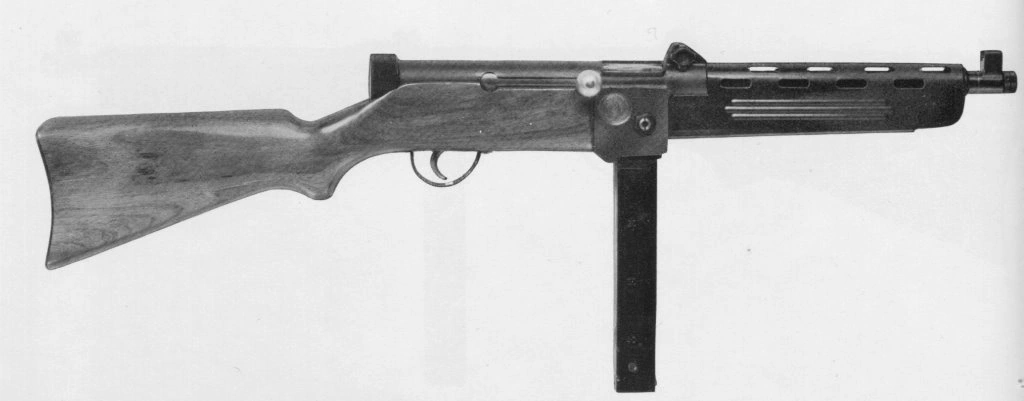
After disappointing sales of the MP44 and MP46, SIG tried to modernize the gun. They ditched the straight wood stock for a metal wire stock that collapsed. The gun still used a fair amount of wood in it’s design. The forend was removed, and there was no handguard. The MP48 was identical to the MP44 internally. After some minor sales to Chile, SIG abandoned the platform.
SIG MP310
The SIG MP310 replaced the SIG MP48. In many ways, the guns are identical. SIG dropped wood and used primarily metal castings for the gun. This created an expensive weapon. The gun still had a collapsing wire type stock and folding magazine well. The trigger acted as the fire selector and the gun lacked a safety. The justification for the lack of a safety was that the weapon couldn’t fire with the magazine well folded forward.
Advertisement — Continue Reading Below
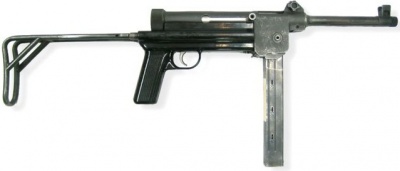
Reportedly, the gun was sold to some South American countries and Swiss police agencies, but sales weren’t enough to keep the gun in production long.
SIG MP320
This isn’t the same P320 you’re picturing. That just happens to be a funny coincidence. The MP320 was the last of SIG’s submachine guns, or at least the last to come out of SIG Neuhasen. The MP320 finally got rid of the folding magazine design and trigger selector. However, they kept a straight blowback system.
Advertisement — Continue Reading Below
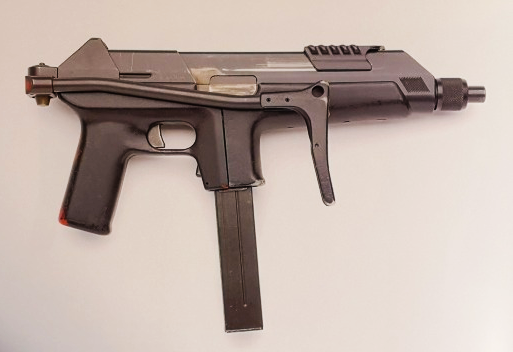
The gun had a side folding stock and a top-mounted charging handle that resembled a slide more than anything else. This was an ambidextrous design. The gun never entered full-scale production and remained in the prototype stage.
The SIG MPX
The latest, arguably greatest of SIG’s SMGs is the MPX series. The MPX offers a closed bolt system that uses a gas piston design. Compared to a straight blowback weapon, the SIG MPX offers you less recoil and a lighter, slimmer design. The MPX series are available in multiple sizes and are modern modular platforms.
Advertisement — Continue Reading Below
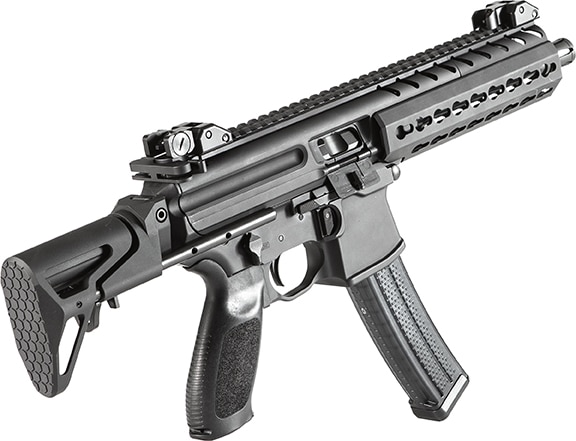
The MPX series did promise multiple caliber conversions, but that promise waned with the fact no one shoots .40 S&W or .357 SIG anymore. The series has been quite successful for SIG, with international sales around the world. The semi-auto variants are also popular in the United States and Europe, especially in PCC competition.
SIG’s SMGs – A Failed History
Over the years, SIG produced a number of interesting SMGs, but outside of the MPX, none were all that successful. They seemed to be a day late and a dollar too expensive in most cases. It’s somewhat sad as the MKMO seems like a really neat gun, but alas, I’ll never get the chance to handle one.
